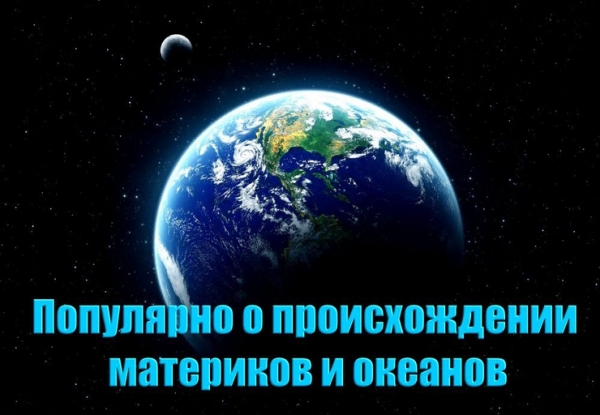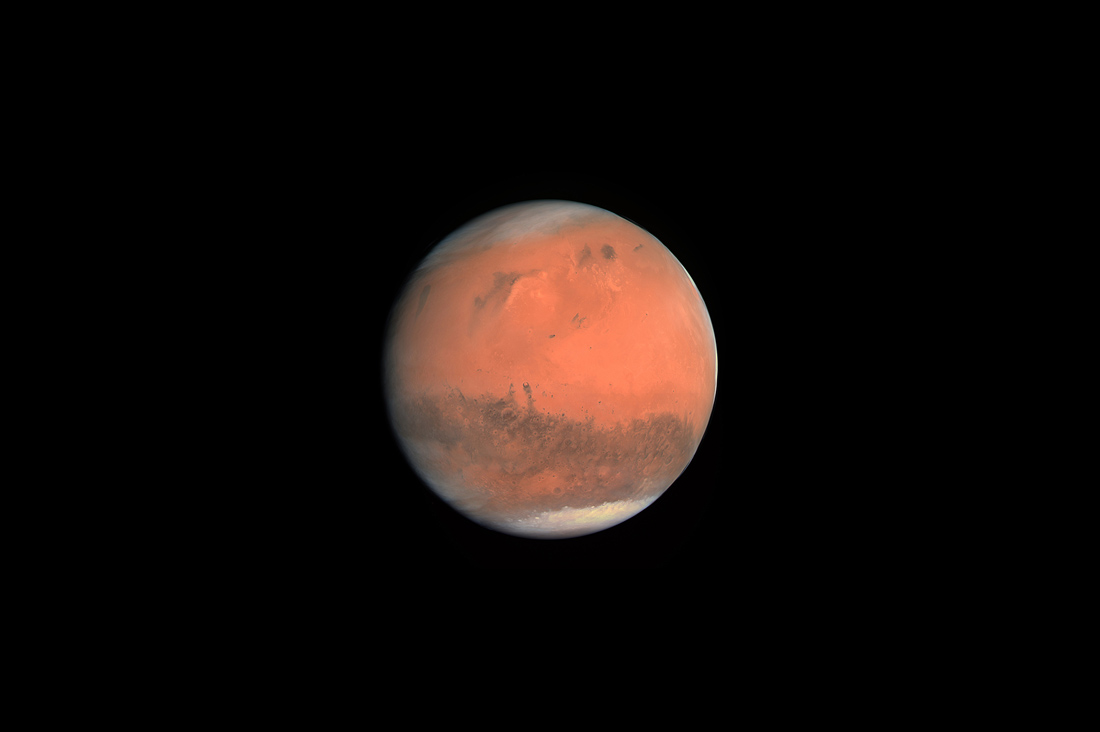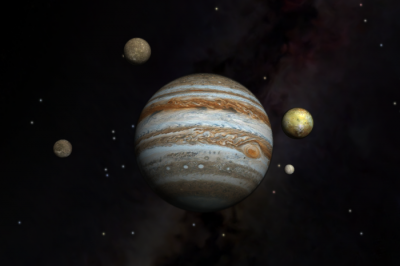
If you had a chance to go back in time 3 billion years and land on any planet in our Solar system, what place would you choose? The earth, with its barren continents and unbreathable atmosphere? Or maybe frozen through Mars? And what about Venus?
Now Venus seems to be hell incarnate. Its surface temperature, just think, 464 degrees Celsius. However, three billion years ago this planet may have been the most suitable habitat within the Solar system, or at least second after you Land. This hypothesis is in the scientific community for a long time, but thanks to new climate models developed by the scientists from the space research Institute of the name Goddard, we have serious reasons to believe in it.
These models indicate that about 2 billion years ago Venus could actually be a resort planet. Moderate earth’s climate, primlemaya temperature, liquid oceans of water. In fact, ideal, except elevated compared to the current level on the Earth by about 40 percent, the level of radiation. These models are constructed based on the difference between the speed of rotation of Venus.
“If Venus was rotating faster in the past, it is likely that the planet was still the same lifeless as it is now,” says Michael vey, the lead author of a new study published in the journal Geophysical Research Letters.
“But, with the right speed, the temperature on Venus would be very similar to earth. And that is what strikes the most!”
Level of fitness for habitation on Earth and Mars is constantly changing throughout the history of the Solar system. Geological evidence suggests that Mars once in the distant past was more raw, but was it an ocean of liquid water, or he was constantly covered by ice caps — this question remains the subject of much controversy. The land in turn passed the stage of degeneration of the greenhouse greenhouse to ice and back. All this time in the earth’s atmosphere accumulated oxygen, making it more and more suitable habitat for complex forms of life.
But, what about Venus? Our closest neighbor and its level of suitability for habitat very unfairly attracted less scholarly attention compared to Mars. Our small interest in this planet is very likely associated with which we see Venus now: the lifeless world with a dense atmosphere impervious, toxic storm clouds and the atmospheric pressure is 100 times higher than on Earth. When the planet and its atmosphere for a few seconds is able to locate a space probe after another into the molten stew, it is quite clear why people are very skeptical about its benefits and decide to switch their attention to something else.
However, even if Venus is so strange and awful today, that does not mean that it always has been. The fact that all the surface of this planet has changed as a result of prolonged volcanic activity around 700 million years ago. And we don’t know what she was up to this time. Measurement of the ratio of hydrogen isotopes in the atmosphere of Venus indicates that the planet once had much more water. Perhaps it was so much that was enough for the whole ocean.
“If you take a world like Venus, rotating slowly and located in a system of stars like the Sun, this world is quite suitable for the existence of life, especially in the oceans.
So, trying to answer the question of whether there was once inhabited Venus, Wei and his colleagues put information with a General topographic survey data collected using spacecraft “Magellan”, with data on estimates of water supplies and levels of solar radiation characteristic of Venus in the past. All this information was loaded into global climate models, similar to those used to simulate and study climate change on Earth.
The results have been very intriguing. Despite the fact that the ancient Venus of about 2.9 billion years ago has received much more sunlight than modern Earth, the model of Wei showed that the average temperature on its surface was only 11 degrees Celsius. Around 715 million years ago the temperature rose only 4 degrees. In other words, more than 2 billion years the surface temperature of the planet suitable for existence of life.

According to new research, a powerful “electric wind” on Venus could cause evaporation of water from the planet’s atmosphere
However, there is one “but”. These numbers fully depend on past Venus, according to which, it has similar topographic and orbital characteristics “current version” of the planet . When Wei was re-configured their model, but did Venus age 2.9 billion years more like the modern Earth, its surface temperature increased dramatically.
“We wanted to see how a change in the topography could affect the climate of this world,” says Wei.
“It turned out that the effect is very serious.”
The scientist said that the reason for this may be changes in the amount of reflex of the surface of Venus, as well as a shift in atmospheric dynamics.
Another interesting observation associated with the rotation of Venus. In initial computer models of Venus age 2.9 billion years Wei asked the velocity of circulation current is equal to 243 earth days. As soon as its orbital period was reduced to 16 days, the planet is immediately turned into steam. It is connected with areas of special circulation of the atmosphere of Venus on both sides of the equator.
“Earth has several regions of the circulation, as our planet is rapidly rotating. However, if it is spinning slowly, the region will be only two: one in the North and one in the South. And it greatly changes the whole atmospheric dynamics,” says Wei.
If Venus is slowly spinning, something right under geograficheskim place the lights (that is exactly the point of the surface where the sun’s rays) will form a huge greenhouse clouds. It actually turns Venus into a giant solar reflector. If Venus will spin faster, this effect will not arise.
This study does not give a clear answer to the question about whether Venus once habitable. However, it gives an idea of what the scenarios she could be. It should be noted that the speed of rotation of the planet over time can change dramatically. For example, our Earth slows its rotation due to gravity of the moon. Some scientists suggest that Venus rotates much faster in the past. However, it’s task extremely difficult. The most appropriate solution are the observation of compact and similar to Venus planets.
If we assume that Venus billions of years ago was really a habitable planet, you should think about what the disaster has led to what Venus is now?
“We need to collect and verify more data before we can say more,” says Wei.
The scientist adds that worlds like Venus should not a priori be considered as uninhabited.
“If we talk about the habitable zone of a star, Venus is usually seen abroad,” the scientist said.
“Modern Venus this observation is true. However, if similar to the Venus world would be from a sun-like star and thus had lower speed, then this world would definitely come to life, especially in the oceans, if there were any”.
Scientists believe that Venus may contain many secrets about the nature of life on Earth. From meteorites we have learned that between Mars and Earth did the transfer material, which in turn forced the astrobiologists to think about how could the Red planet to “seed” the Earth with life. If a similar opinion is true in the case of Venus, this planet also must be added to the list of potential incubators of life on earth. Surprisingly, we still don’t know how on Earth meteorites from Venus. In the first place because we did not have the opportunity to perform Venusian breed and compare it with the earth.
In General, we may not immediately deny the possibility that the birthplace of the most ancient of our ancestors could be this acid bath, which is now Venus.
“Quite possibly, life in the Solar system began with Venus, and then moved to Earth. And maybe Vice versa,” says Wei.







